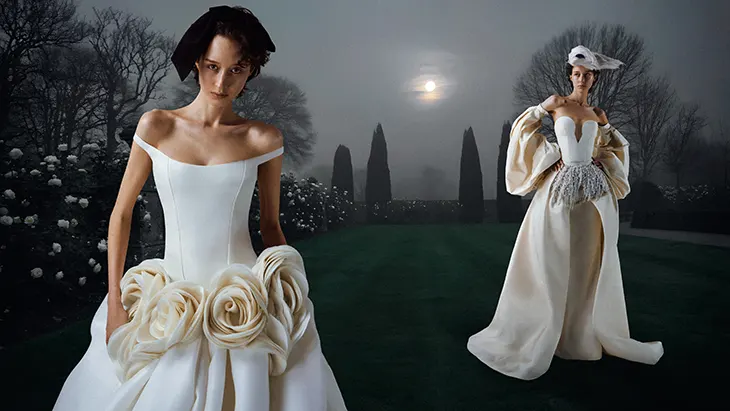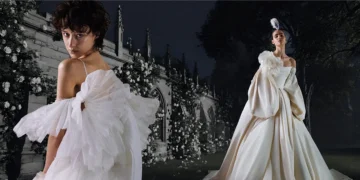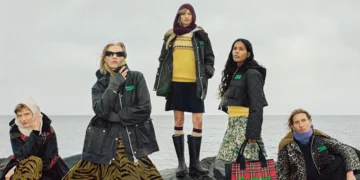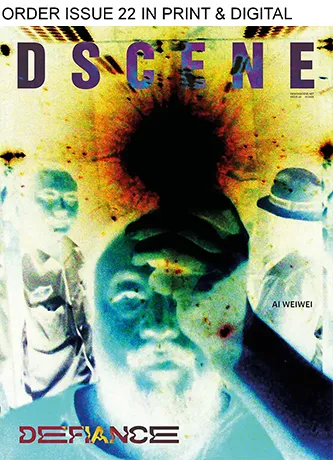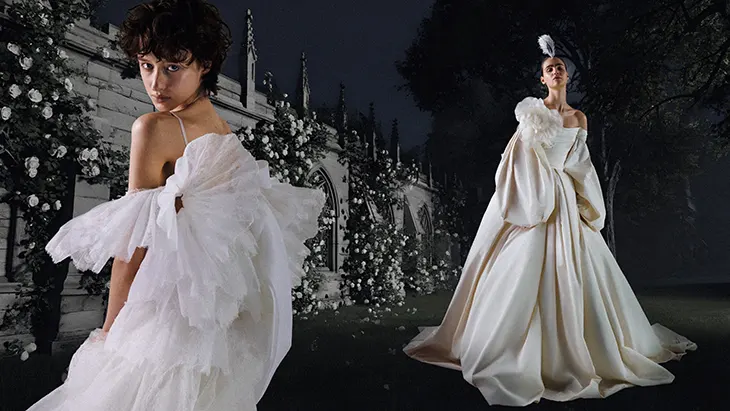
Vera Wang Haute returns for Spring 2026 with a collection of wedding gowns that push sensuality and elegance through material, form, and ornament. The designs express a clear devotion to romance, using hearts, flowers, and bows not as embellishment alone, but as structural elements shaping silhouettes, anchoring compositions, and signaling intent.
BRIDAL
Each gown in the collection carries a deliberate visual weight. Fabrics like silk organza, featherweight faille, duchesse satin, and French Chantilly lace drive the construction, while hand-draped details and architectural volumes define the shape and movement. Decorative elements like buds, blossoms, and bejeweled florals, take on sculptural roles across necklines, hems, and full skirts. Bows in black silk and gauze ribbon interrupt softness with controlled contrast, grounding the sweetness in precision.
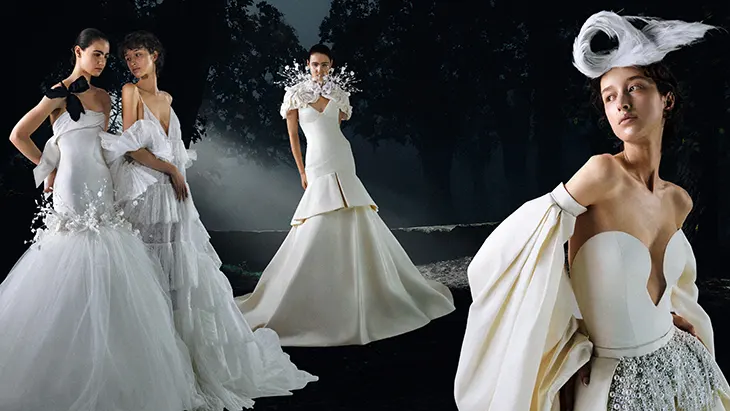
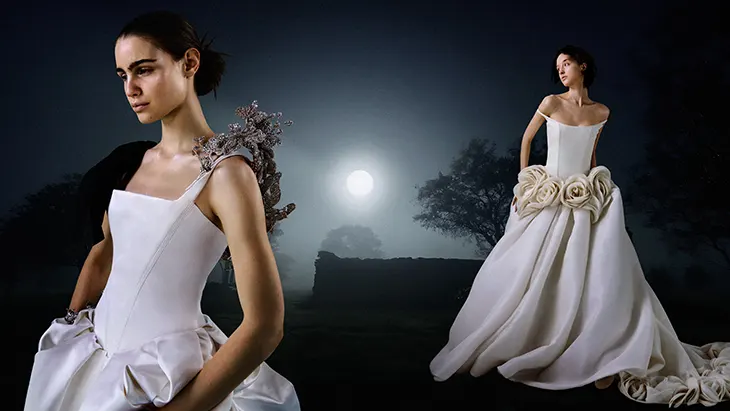
The idea of the back and sides serving as a focal point guides many of the designs. Gowns extend their impact in three directions, with dramatic skirt arches, flounced peplums, and structured capes that reshape the silhouette from multiple angles. This spatial consideration gives each dress a full-body presence.
Names like Joan, Cecilia, and Anne suggest a classical register, but the dresses never retreat into nostalgia. Joan, for instance, anchors its voluminous ballgown shape with black bows and floral clusters rendered in duchesse and organza, tied with gauze ribbons. Cecilia introduces a crumb-catcher neckline and asymmetrically placed bouquet crystals that seem almost suspended above the surface. Anne builds on a sculpted off-the-shoulder frame, where gazaar petals form abstract hearts across the front while rosettes trail down the train.
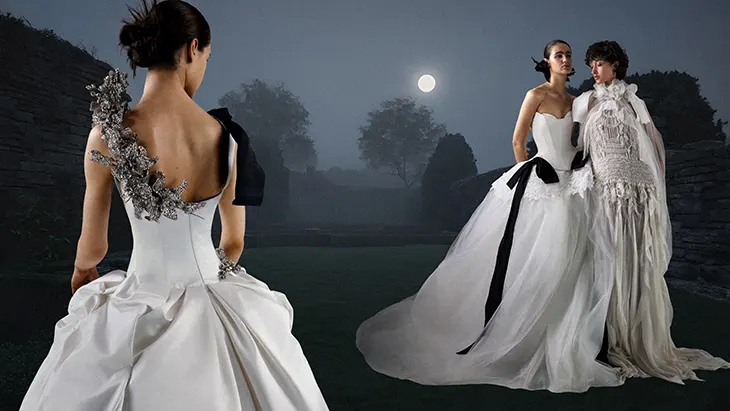
Throughout the collection, Wang plays with contrast, not only through color but also in material logic. Light ivory and soft white dominate the palette, but sudden black accents inject sharpness. Satin sits beside tulle; crinkle chiffon interrupts featherweight silk. Rather than smooth continuity, these transitions assert themselves with intention.
There is no uniformity in silhouette. Ballgowns, mermaids, columns, and slip dresses each stake a claim in the collection. Some, like Audriana, elevate volume through carefully placed peplums and bows. Others, such as Sarah, rely on surface complexity, pearls, crystals, and floral appliqués that build dimension on sheer tulle. Maude references lingerie structure through its twisted bralette drape before softening into a floral-patterned skirt. Even the simplest gowns carry texture and detail: Georgia, a silk chiffon slip, gains dimension through smocking and draped sleeves.
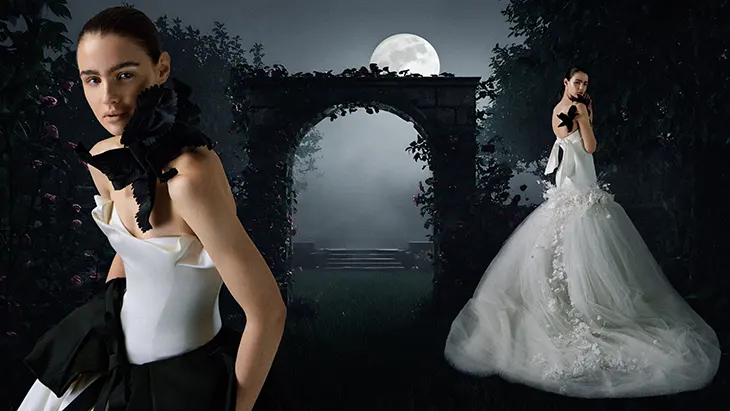
Wang’s Spring 2026 bridal offering does not shy away from emotion. It embraces excess, but under control. Shapes expand outward, sleeves balloon, and skirts sweep, but every element remains purposeful. Romance appears everywhere, literal in heart motifs, poetic in the references to ageing, memory, and desire threaded into the fabric choices and floral placements.
